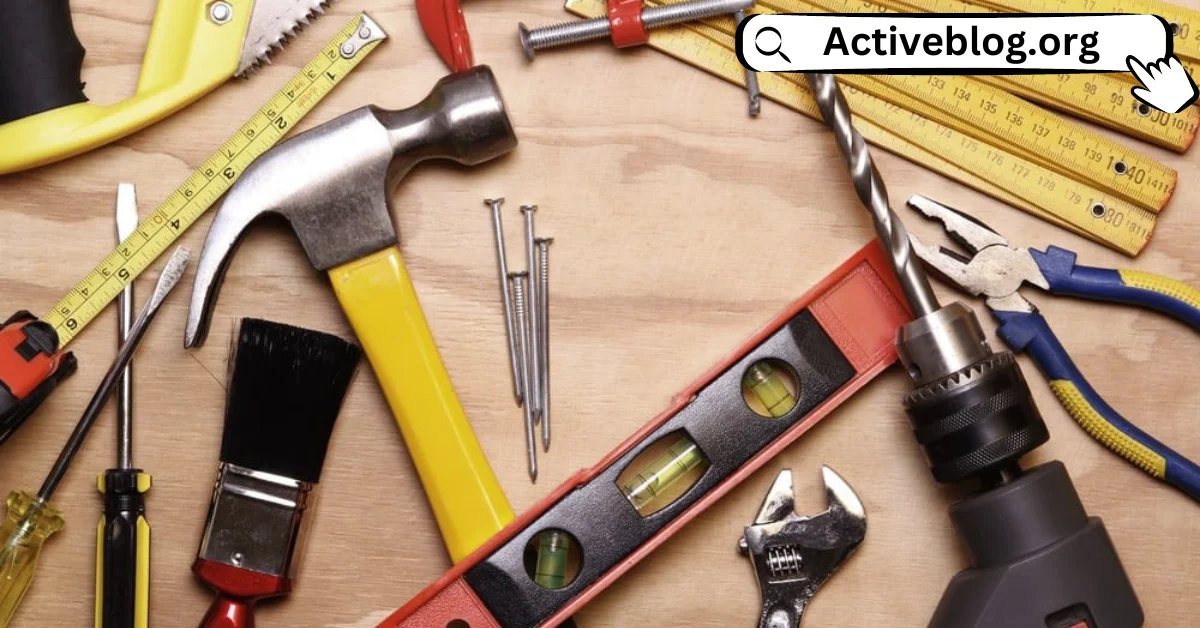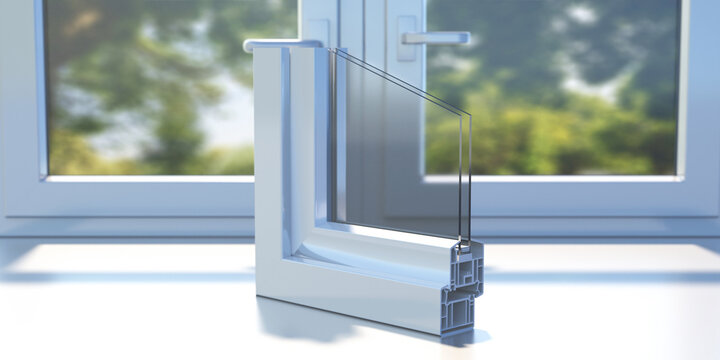Few items in home remodeling can transform a place as effectively and quickly as new flooring. Traditionally, people have selected carpets as their preferred flooring option because of their comfort, warmth, and sound-reducing abilities. Carpet installation, on the other hand, is a complex operation. Precision, the correct tools, and careful planning are required to produce a smooth and professional finish. This blog looks at carpet installation tools, focusing on the essentials for a successful flooring process.
Measuring And Marking Tools
Accurate measurements and meticulous labeling are essential for a successful carpet installation. Tools such as measuring tapes, carpenter’s squares, and chalk lines are required to ensure the carpet fits perfectly in the room. A carpenter’s square proves helpful in establishing straight lines and right angles. In contrast, a chalk line is especially suitable for generating reference lines on the flooring, which then serve as guides for the placement of the carpet.
Cutting Tools
For a neat and well-fitted carpet installation, precise cutting is essential. Here are some necessary cutting tools:
Carpet Knife
A sharp carpet knife with replacement blades cuts the carpet material cleanly and properly. A sharp blade is essential for preventing fraying and uneven edges.
Utility Scissors
Utility scissors help trim excess carpets and make complex cuts around corners, door frames, and other impediments.
Installation Tools
Securing a carpet to the flooring ensures that it stays in place and keeps its smooth appearance. Here are some essential installation tools:
Knee Kicker
This instrument tightly stretches the carpet across the room, removing wrinkles and assuring a flat surface. It works by hitting the padded end with your knee.
Power Stretcher
The power stretcher is essential for larger rooms or more professional setups. It enables you to stretch the carpet with even force across the room, resulting in a uniform finish.
Carpet Tucker
This tool assists in tucking carpet edges neatly against the walls, providing clean lines and preventing tripping hazards.
Seam Roller
When two pieces of carpet must be linked, a seam roller presses down on the seam tape, ensuring a solid binding and a smooth appearance.
Subfloor Preparation Tools
Before installing the carpet, it’s essential to prepare the subfloor properly. It includes removing existing flooring, cleaning the area, and ensuring it is level. This level requires the necessary tools:
Floor Scraper
A tool used to scrape away old flooring materials and adhesive residue from the subfloor.
Floor Sander
A floor sander can help create a smooth surface for carpet installation if the subfloor is uneven or rough.
Leveling Compound
A leveling compound can create a smooth and even surface on a subfloor with substantial irregularities.
Adhesive And Fastening Tools
Depending on the installed carpet type and subfloor material, adhesive and fastening tools may be required. Some standard tools are:
Carpet Adhesive
You can use it to fix the carpet to the flooring and keep it in place over time. It’s especially critical for glued-down carpets or carpet tiles.
Staple Gun
In some circumstances, you may use a staple gun to secure the carpet to the subfloor. It is a regular occurrence when putting carpet over a wooden subfloor.
Safety Gear
Any home repair job should always prioritize safety. Here are several essential safety tools:
Knee Pads
Carpet Installation Tools necessitate a significant amount of kneeling and crawling. Knee pads of high quality give comfort while also protecting your knees from strain and injury.
Safety Glasses
Protect your eyes from debris and potential hazards by wearing safety glasses when cutting and dealing with materials.
Dust Mask/Respirator
Carpet cutting and working might generate dust and particles. A dust mask or respirator protects you from potentially dangerous pollutants.
Other Important Tools:
Seam Iron
A seam iron activates the adhesive on the seam tape when joining two carpet pieces, ensuring a firm binding between the carpet portions. This gadget is convenient in larger spaces where more than a single rug is needed.
Roller And Weighted Roller
After installing the carpet, you can utilize a roller to pass over the surface and guarantee a secure bond between the rug and the adhesive or subfloor. A weighted roller is handy for pressing seams and edges for a professional look.
Tackless Strips
Tackless strips are wood strips with little nails or tack sticking out. These are positioned throughout the room’s perimeter and keep the carpet in place by grabbing onto it. The visible pins hold the carpet backing taut and secure.
Edge Trimmer
After installation, you can use an edge trimmer to trim any excess carpet extending beyond the walls. This tool ensures that the rug fits nicely against the baseboards, giving the room a clean and polished appearance.
Understanding Different Carpet Materials And Their Requirements
When delving deeper into the world of carpets, it is essential to recognize that not all are created equal. Acknowledging that different materials have different needs will help keep your rug in beautiful condition.
- Wool: Wool carpets are well-known for their rich feel and natural resistance to filth, although they can be sensitive to dampness. To keep the wool texture, avoid using too much water and always blot rather than scrub.
- Nylon: Nylon is a popular synthetic fiber because of its strength and resilience to wear and tear. The use of a vacuum cleaner is beneficial, but any spillage must be attended to immediately.
- Polyester: While it offers good stain resistance, polyester carpets are vulnerable to oil-based stains. Regular vacuuming and keeping it away from oily substances will keep its appearance in good shape.
- Olefin: Although olefin is resistant to moisture and stains, it may attract dirt and need more regular deep cleaning than other materials.
- Sisal & Other Natural Fibers: Sisal and other natural fibers offer an earthy and rustic appeal. They are, however, more likely to be damaged by moisture and to fade when exposed to intense sunlight. Special cleaning procedures must be used on such carpets.
Final Thoughts
Installing carpeting correctly takes practice, precision, and the right tools. It doesn’t matter if you’re a do-it-yourself expert or a professional Carpet Installation Tools; getting a flawless result requires the right equipment. Tools for measuring, cutting, stretching, and fastening are all required. Purchasing high-quality carpet installation tools and devoting some time to learning how to use them will equip you to create a beautiful and pleasant space that you can enjoy for years to come.










